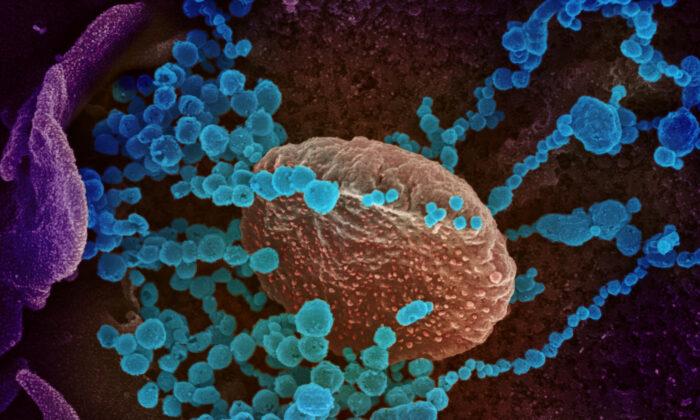For the first time, the U.S. Food and Drug Administration has authorized for emergency use a breath test to detect COVID-19.
Samples can be collected and analyzed in the same place in less than three minutes, which enables it to be carried out in places such as doctor’s offices, hospitals, and mobile testing sites.
The test uses gas chromatography mass-spectrometry (GC-MS) to isolate different chemical mixtures and quickly detect certain compounds—referred to as Volatile Organic Compounds (VOCs)—associated with COVID-19 infection in the breath samples.
InspectIR says it is the first company to make a commercially available miniature mass spectrometer to analyze breath samples directly.
If the test detects the presence of five VOCs associated with COVID-19, it will give an unconfirmed positive test result, which would need to be confirmed with a molecular test.
Negative results don’t rule out COVID-19 and “should not be used as the sole basis for treatment or patient management decisions, including infection control decisions,” the FDA noted. Negative results “should be considered in the context of a patient’s recent exposures, history, and the presence of clinical signs and symptoms consistent with COVID-19.”
The breathalyzer was studied on a group of 2,409 people with and without symptoms. Per the study, the device had 91.2 sensitivity—it was able to correctly identify 91.2 percent of positive COVID-19 cases. It also showed 99.3 specificity, meaning it gave false positive results in 0.7 percent of cases.
The test also gave similar sensitivity in a follow-up clinical study focused on the Omicron variant, the FDA noted.
“Today’s authorization is yet another example of the rapid innovation occurring with diagnostic tests for COVID-19,” said Jeff Shuren, director of the FDA’s Center for Devices and Radiological Health. “The FDA continues to support the development of novel COVID-19 tests with the goal of advancing technologies that can help address the current pandemic and better position the U.S. for the next public health emergency.”




